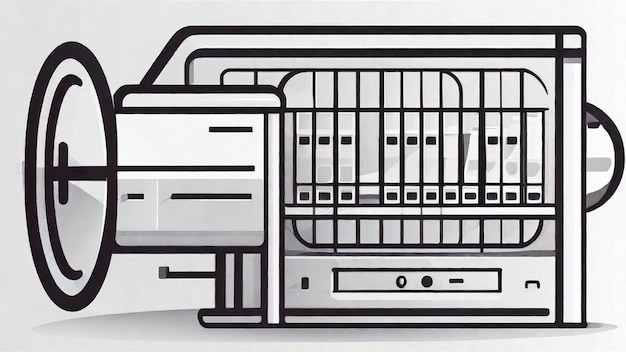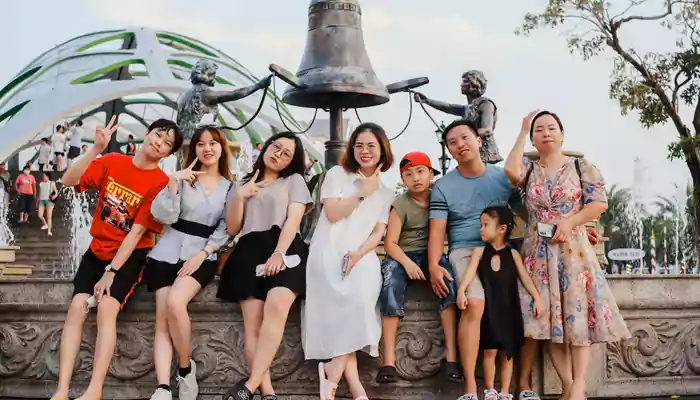

The burden of tradition in medical treatments poses a significant challenge to progress and optimal patient outcomes, yet understanding and respecting these traditions are crucial for effective healthcare delivery. This article delves into the complexities of integrating modern medical advancements with traditional healing methods, exploring how healthcare practitioners can successfully balance old and new approaches while addressing the unique needs of diverse populations. It explores the conflicts, the opportunities, and the potential solutions in this delicate balancing act. This article is structured as follows: First, we will examine the challenges of incorporating modern approaches into traditional healthcare systems, then we will explore successful case studies and examples. Finally, we will address practical steps and recommendations for bridging this gap.
The Challenges of Integrating Modern Approaches into Traditional Healthcare Systems
Historical and Cultural Factors
The integration of new medical techniques and technologies into established healthcare systems often faces significant obstacles, particularly when deeply ingrained cultural and historical factors are at play. Traditional healing practices are often intricately woven into the fabric of a community’s identity, deeply rooted in beliefs and customs passed down through generations. Overcoming these deeply held beliefs can be difficult, requiring both respect for cultural sensitivity and a strategic approach to education.
Resistance to Change
Another significant obstacle is the resistance to change, both from practitioners who are steeped in traditional methods and from patients who are hesitant to embrace unfamiliar approaches. This resistance can stem from distrust of new technologies, fear of the unknown, or a perceived lack of efficacy compared to traditional methods. Effective communication and demonstration of the benefits of new approaches are critical to addressing this resistance and fostering trust.
Examining Successful Case Studies and Examples
Integrating Traditional Practices into Modern Hospitals
Several hospitals worldwide have demonstrated successful integration of traditional healing practices into their modern medical infrastructure. For example, some hospitals in Southeast Asia have incorporated traditional herbal remedies into their treatment protocols, alongside conventional therapies. This integration has led to increased patient satisfaction and adherence to treatment plans. Such successful examples highlight the potential of collaborative approaches to achieve better healthcare outcomes.
The Role of Cultural Sensitivity in Treatment
Effective integration hinges critically on recognizing and respecting the cultural context surrounding the patient’s health beliefs and practices. Practitioners need to actively listen to patients, understand their concerns, and tailor treatment strategies to align with their cultural values. A hospital in South America, for instance, incorporated indigenous healing practices into their pediatric ward. This cultural sensitivity led to improved trust and reduced anxiety amongst parents and children, resulting in better treatment outcomes.
Practical Steps and Recommendations for Bridging the Gap
Collaborative Research and Development
Collaboration between traditional healers and modern medical researchers is essential to bridge the gap between the two approaches. This can involve joint research projects focused on understanding the mechanisms of traditional healing methods and exploring potential synergies with modern therapies. Such partnerships can facilitate the development of evidence-based practices that incorporate both traditional wisdom and modern scientific understanding.
Targeted Educational Initiatives
Educational initiatives are crucial to equip healthcare professionals with the necessary knowledge and skills to address the needs of patients with different backgrounds and beliefs. Training programs can equip medical professionals with cultural sensitivity training and provide insights into traditional healing practices. These programs ensure a holistic approach to healthcare that considers the patient’s entire context.
Addressing Patient Concerns and Building Trust
Open Dialogue and Transparency
Building trust with patients from diverse backgrounds is essential. Open dialogue and transparency are paramount to address any concerns or misconceptions patients might have regarding modern medical treatments. Clear communication about the rationale behind each approach and addressing any cultural sensitivities can foster trust and facilitate a more collaborative approach to care.
Emphasizing Patient Autonomy and Choice
Healthcare providers must respect patient autonomy and empower patients to make informed choices about their treatment paths. Patients should be actively involved in decisions regarding their care, enabling them to integrate their beliefs and preferences into the treatment plan. This participatory approach promotes better patient adherence and outcomes.
The Impact of Technology and Innovation
Digital Health Tools
Technology is transforming healthcare delivery, impacting how both traditional and modern approaches are implemented. Digital health tools can facilitate accessibility to traditional remedies and connect patients with healers in remote areas, extending the reach of healthcare beyond geographical limitations. Furthermore, digital platforms can promote education about both traditional and modern approaches, bridging the communication gap.
Telemedicine and Remote Consultations
Telemedicine and remote consultations can make specialized medical expertise more accessible, especially for patients in underserved areas with limited access to modern facilities. By combining traditional knowledge with cutting-edge digital tools, effective healthcare can reach wider communities and address specific health needs.
In conclusion, balancing traditional medical approaches with modern advancements is crucial for optimal patient outcomes. The burden of tradition can hinder progress, but embracing evidence-based practices, while respecting cultural values, allows for innovative solutions that lead to better health. By continuing to adapt and evolve, the medical field can create more effective, accessible, and patient-centric treatments, improving the well-being of communities worldwide. Explore the latest research in medical treatments, attend conferences, and engage in discussions to stay updated on the evolving landscape of healthcare. This continuous learning process will enable us to better serve patients and contribute to a healthier future.